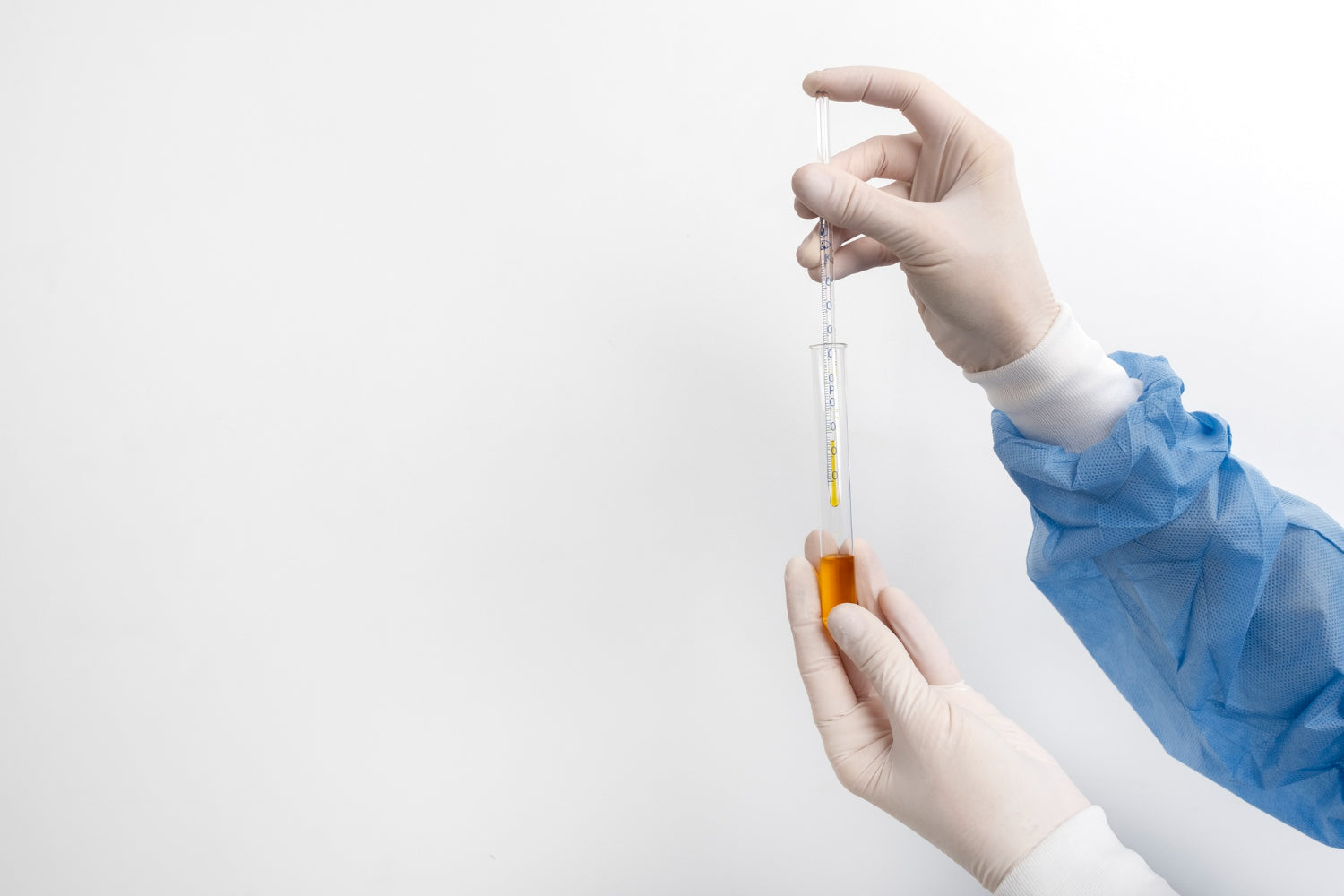
How to Handle False Positives in Drug Testing
Drug testing is a common practice in various settings, from workplaces to medical facilities. It plays an important role in ensuring safety and compliance. But what happens when a drug test result isn't exactly what you expected? That's where the issue of false positives comes into play. A false positive result can be stressful and confusing, as it indicates the presence of a drug when there hasn't been any real use. Understanding how to handle a drug test with same-day results can help you navigate potential issues like false positives, ensuring that you can take the right steps to clarify your situation.
When a drug test gives a false positive, it can have significant implications. From job applications to legal matters, these results affect decisions that can impact your life in various ways. Knowing what a false positive is and how to deal with one can help mitigate its potential consequences. In the following sections, we'll explore the common causes of false positives, how to respond if it happens to you, and ways to prevent it in future tests.
Understanding False Positives
A false positive occurs when a drug test indicates the presence of a drug in a person’s system even though the individual hasn't used that substance. This situation can arise for a variety of reasons:
- Medications: Certain over-the-counter or prescription medications can trigger a false positive. For example, common cold medications or some antibiotics might cause the test to read inaccurately.
- Foods: Eating certain foods can sometimes affect drug tests. For instance, poppy seeds are known to cause a false positive for opiates if consumed in large quantities shortly before testing.
- Medical Conditions: Some underlying medical conditions could interfere with the body's chemistry, leading to unexpected test results. Conditions like liver disease or kidney issues may sometimes play a part.
False positives can be alarming, but understanding their causes can alleviate some of the concerns. By recognizing these potential triggers, you can be better prepared to address a false positive if it occurs during your testing. Taking these factors into account before a test can also help you communicate better with testing professionals, ensuring they consider these elements while evaluating your results.
Steps to Take After a False Positive
If you find yourself facing a false positive result, don't panic. There are several steps you can take to address the issue effectively. First, contact the testing facility where the test was conducted. A conversation with the professionals there can often shed light on possible reasons for the false positive and guide you on the next steps.
Next, prepare a detailed list of any medications, supplements, or herbal products you've recently used. This list can be crucial in identifying substances that might have caused the unexpected result. For instance, if you've taken a decongestant or certain diet pills, sharing this information with the testing facility can help them re-evaluate the outcome and consider interactions or other factors.
Communicating openly and asking questions can also be very helpful. Ensure that the testing facility knows about all potential factors before reaching a conclusion about your results. This proactive approach may influence further testing or help with your peace of mind.
Confirmatory Testing
Confirmatory testing is your next best ally when dealing with a false positive. After the initial test, a confirmatory test can help verify the results with greater precision. This second testing process utilizes more advanced techniques to analyze the sample, reducing the likelihood of ambiguous outcomes.
These tests are designed to specifically target and accurately identify the substance in question. They are often more detailed and reliable than initial screening tests. If you believe a false positive has occurred, requesting a confirmatory test might be the key to clearing up any confusion.
Understanding this process and its benefits can be reassuring. Confirmatory testing offers an extra layer of validation. It not only checks the initial results but also provides a clearer picture, benefitting those whose futures or reputations could be significantly impacted by the test outcome.
Preventing False Positives in Future Tests
Taking steps to avoid false positives in future tests can save a lot of worry. Here are some tips:
- Inform the Testing Center: Before the test, make sure to disclose all medications, supplements, and foods you consume that could affect test results.
- Avoid Unnecessary Medications: If possible, refrain from taking any non-essential medications or over-the-counter drugs before your test.
- Update Medical Records: Ensure your medical records are up to date, especially those that document chronic conditions or medications that might sway results.
- Keep a Record: Maintain a journal of medicines and foods consumed leading up to a test. This record can provide valuable insight if a false positive occurs.
Following these steps can help in reducing the chances of a false positive. Being informed and organized ahead of time makes the testing process more transparent and less stressful for those involved.
Clear Steps Lead to Accurate Results
False positives can be a hurdle, but knowing how to manage and mitigate them is empowering. Recognizing the sources and taking swift action, from checking medications to requesting confirmatory tests, can make a huge difference. By staying informed and organized, you set yourself up for a more accurate outcome, reducing unnecessary stress and ensuring fairness in the testing process.
Make sure your drug test outcomes are as accurate as possible by choosing a trustworthy provider. At RSC Health, we prioritize precision and speed in our testing processes. To learn more about how to manage a potential false positive and to book a drug test with same-day results, contact us today. Feel confident in the reliability of your test results and address any concerns swiftly with us.
